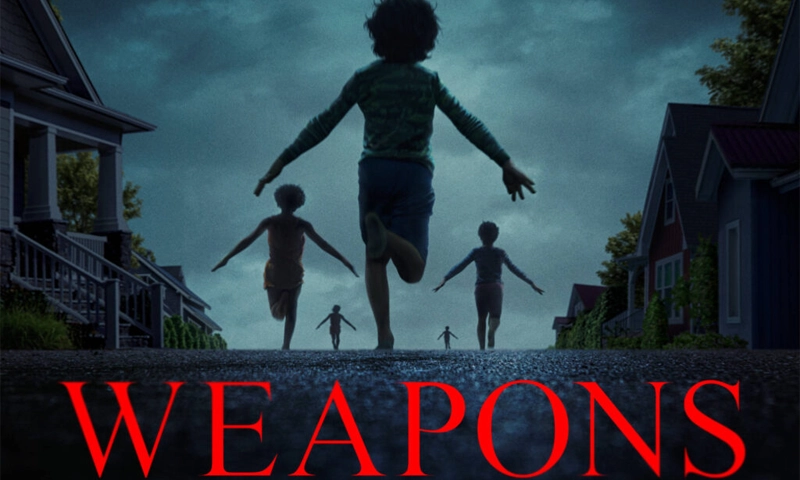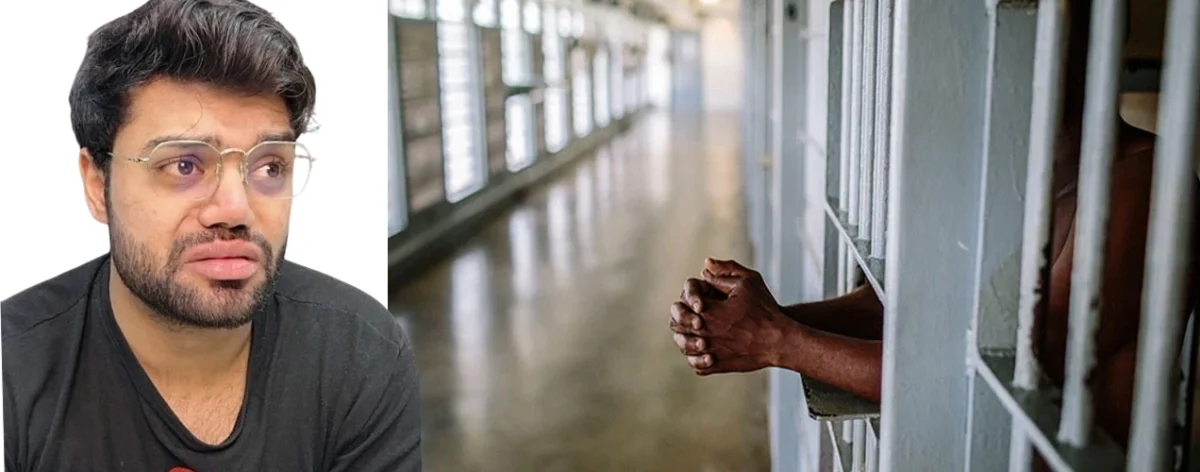- AFP
- 7 Hours ago

‘Fight or flight’ response: Unraveling the complex dance
-
- Hum News
- Oct 08, 2023

WEB DESK: In the complex web of the human psyche, the “fight or flight” response, a primal survival mechanism, can manifest unexpectedly, even in the absence of immediate danger.
According to a trauma therapist and founder of the Cognitive Corner Simone Saunders, this instinctual reaction may linger in individuals who have encountered trauma, whether consciously acknowledged or buried deep within.
Saunders, drawing parallels between the brain’s emotion centre, the amygdala, and a smoke detector, highlights the indiscriminate nature of this response. “Whether you burn your food or your house is on fire, the smoke detector goes off either way,” she explains, emphasising the brain’s inability to distinguish between real and perceived threats.
Read More: Ten fool-proof methods for a brighter Autumn
The sympathetic nervous system, the orchestrator of the fight-or-flight mode, propels us into action during stress, increasing heart rate, blood pressure, and concentration.
Yet, as Saunders warns, exposure to prolonged and intense stress can skew this mechanism, locking individuals into a perpetual state of heightened alertness.
Signs your mind and body haven’t returned to normal
Emotional numbness
Chronic stress overwhelms the body’s response system, leaving individuals feeling emotionally numb, on autopilot, and disconnected from themselves and others.
According to a professor in the Department of Psychiatry at Georgetown University Dr Priscilla Dass-Brailsford, persistent exposure to trauma or ongoing danger can subject individuals to a chronic state of trauma, significantly hindering their recovery.
Physical effects resulting from traumatic experiences, she notes, serve as constant reminders and can further obstruct the recovery process.
Persistent fatigue, elusive rest
A 2023 Sleep Foundation survey reveals that stress and anxiety top the list of reasons for sleep troubles. Prolonged stress induces hypervigilance, hindering restful sleep and causing disturbances such as nightmares and early waking.
Persistent exposure to cortisol (stress hormone) has the potential to induce a continual state of heightened awareness due to the fight-or-flight response, a phenomenon described by Saunders.
He said that the perpetual state of alertness, inherently fatiguing for the body, may extend into periods of rest, impeding the requisite calmness in the nervous system crucial for achieving restful sleep.
Memory lapses
Extended fight-or-flight periods release stress hormones affecting memory. Dissociation, a defense mechanism, creates a disconnection in thoughts, memories, and identity, with stress-induced brain changes contributing to reduced memory.
In the course of the psychological process, the coherent narrative of a traumatic event might dissipate, but according to Saunders, the brain retains information through alternative means, encompassing recollections of scents, tastes, sounds, physical sensations, and/or visuals.
Repressed memories manifest when trauma surpasses the threshold for storage in conscious memory. However, fragments of an event can be revived or triggered from the recesses of our memory.
Saunders elaborates, “As the cohesive narrative is typically left unprocessed and unstored, we may observe instances of being triggered by seemingly unrelated stimuli — the aroma of a fragrance, the taste of a specific beverage, or a disapproving facial expression.”
Reactive behaviour
Chronic stress may lead to emotional volatility, making it challenging to regulate emotions. Misplaced anger could signal a chronically stressed state.
Following a traumatic experience, Dass-Brailsford stated that an individual’s approach to coping with stressors hinges on various factors. These include the intensity and duration of the trauma, pre-existing disorders, physical effects, personality traits, and cognitive style.
Dass-Brailsford explained, “Given that individuals exhibit reactions in diverse manners, factors influencing these responses are numerous. The severity and duration of trauma play a pivotal role, with more intense and prolonged experiences correlating with heightened detrimental effects.”
Avoidance or engagement in stressful situations
Survival responses vary, with some avoiding triggers and others gravitating towards them. Saunders explains how these responses can act as subconscious attempts to control or overcome past traumas.
After a traumatic experience, coping strategies for individuals are contingent on a range of factors, as outlined by Dass-Brailsford. These factors include the trauma’s intensity and duration, pre-existing disorders, physical impacts, personality attributes, and cognitive style.
“Diverse reactions among individuals highlight the multitude of factors shaping responses,” explained Dass-Brailsford. “The severity and duration of trauma emerge as crucial determinants, with more intense and prolonged experiences correlating with amplified detrimental effects.”
Coping with the response
Addressing the repercussions of a prolonged fight-or-flight state, experts advocate a comprehensive approach, including psychotherapy, medications, and coping skills such as relaxation, exercise, and social support. Dr Priscilla Dass-Brailsford from Georgetown University’s department of psychiatry underlines the significance of recognising the need for help.
While stress, in moderation, can contribute to resilience and cognitive benefits, excessive stress may perpetuate the fight-or-flight response.
Dass-Brailsford recommends a mindful approach, listening to one’s body, and engaging in activities like exercise, regular meals, and sufficient sleep. Positive social support emerges as a crucial element in combatting stress and safeguarding against trauma.
In the nuanced interplay between stress and resilience, understanding the triggers and actively pursuing self-care stands as the key to liberating individuals from the invisible clutches of a perpetual fight-or-flight mode.






